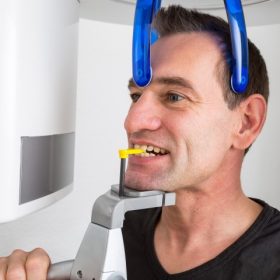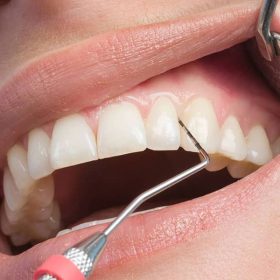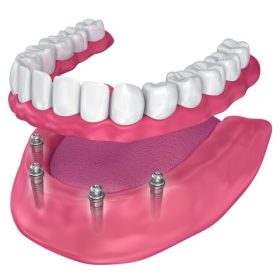Endodontics

Endodontics is a specialized branch of dentistry that deals with the treatment and preservation of the soft tissues (pulp) inside the teeth. Commonly known as “root canal treatment,” endodontics addresses various issues affecting the nerves, blood vessels, and connective tissues within the teeth. This treatment is used to save damaged teeth caused by decay, trauma, cracks, or other reasons and to eliminate pain and infections.
The main objectives of endodontic treatment are as follows:
- Eliminate Pain and Infections: Removing infected and inflamed pulp from inside the teeth to alleviate pain and treat the infection.
- Preserve the Tooth: Preserving the internal structure of the teeth to save them from extraction.
The process of endodontic treatment typically involves the following steps:
- Diagnosis and Examination: The dentist identifies the problem within the tooth’s internal structure through X-ray images and examination.
- Regional Anesthesia (Local Anesthesia): Before starting the treatment, regional anesthesia is applied around the tooth to prevent pain.
- Root Canal Treatment: The outer protective layers of the tooth are opened, and the infected pulp material is removed. The root canals are then shaped using specialized instruments.
- Filling: The root canals are filled with a sterile filling material, and the top portion of the tooth is sealed with a filling or crown.
- Follow-up and Protection: After treatment, the dentist monitors the healing process and may apply a protective crown or restoration if necessary.
Endodontic treatment preserves the health of the tooth while alleviating symptoms such as pain and infection. A successful endodontic treatment can help maintain the tooth’s long-term function and natural appearance.
Endodontists utilize advanced techniques and equipment to provide the most effective and comfortable treatment. Therefore, individuals experiencing toothaches, sensitivity, or other dental issues should seek appropriate treatment from an endodontic specialist. Early diagnosis and treatment are essential to preserve dental health and prevent the need for tooth extraction.







